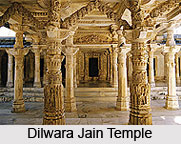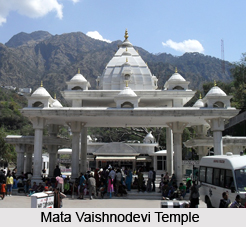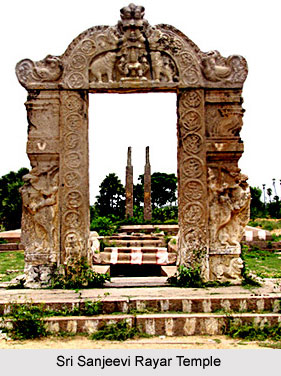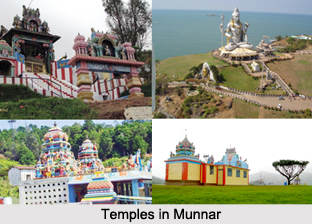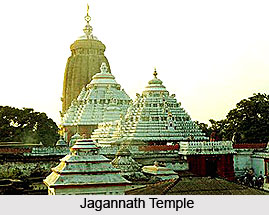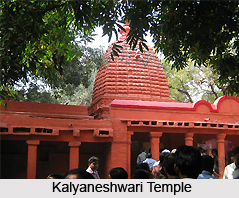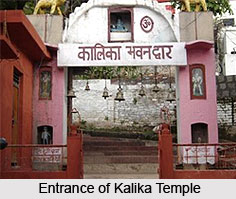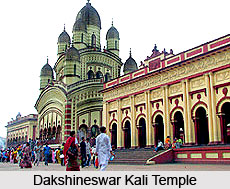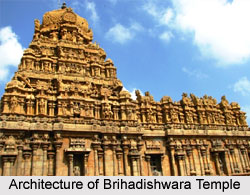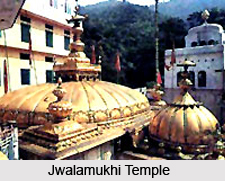 According to Hindu mythology, there are fifty-one Shaktipeethas in the country. Among all these, the Jwalamukhi Temple is considered extremely sacred for the Hindus. Exactly located around 30 km south of the Kangra valley, this temple is dedicated to Goddess Jwalamukhi, the deity of Flaming Mouth. She is also known as the “Goddess of Light.â€
According to Hindu mythology, there are fifty-one Shaktipeethas in the country. Among all these, the Jwalamukhi Temple is considered extremely sacred for the Hindus. Exactly located around 30 km south of the Kangra valley, this temple is dedicated to Goddess Jwalamukhi, the deity of Flaming Mouth. She is also known as the “Goddess of Light.â€
Legend of Jwalamukhi Temple
Most of the temples of India go by a legend. The Jwalamukhi Temple too is of no exception. It is related to Sati. She was born when gods concentrated their individual energy on the ground. All the gods wanted to reprieve from the hands of the demons. The girl who took birth was Adishakti or the first Shakti.
Prajapati Daksha reared her up and was married to Lord Shiva later. Popular believe states that once Prajapati Daksha organised a yajna and invited all other god excluding Lord Shiva. Sati felt too much humiliated at this act of her father and out of shame, she immolated herself in the fire of the havankund. Lord Shiva was furious at hearing this. He carried the burnt body of Sati and moved around the three worlds. The gods could foresee a calamity approaching. They assembled before Lord Vishnu and asked him to do something to disperse Shiva`s anger. Lord Vishnu then cut apart Sati`s body into several pieces with his Sudarshan Chakra. The body parts fell in various parts of the country. In each part there came up a Shaktipeetha, which is regarded as the power center of the goddess.The tongue of Sati fell in the place of Jwalamukhi Temple.
Eternal Flame at Jwalamukhi Temple
Raja Bhumi Chand Katoch of Kangra is supposed to have built the temple. He, hearing complain of a cowherd, tried to find out the place from where a female emerged and drank the milk of the cow. The King was well aware of the legend of Sati and was a devotee of Goddess Durga. He continued his search for the place and succeeded. He constructed a temple over there and employed a priest to worship the deity.
The goddess is manifested as tiny flames that burn through the fissures in the age-old rocks in the temple. It is believed that Goddess Sati"s tongue which fell on this temple is now seen in the form of the flame. At this place several flames continue burning day and night. Nine flames have been named after the goddesses such as Mahakali, Annapurna, Chandi, Hinglaj, Vidhya, Basni, Maha Lakshmi, Saraswati, Ambika and Anji Devi which burn continuously. According to the devotees, the goddess manifests herself in a blue flame fed by natural gas that shoots out of the rock.
History of the Jwalamukhi Temple
As stated in the history of the Jwalamukhi Temple, Akbar, the great Mughal Emperor visited the place and tried to quench the flame of the temple by covering it with a metallic plate and even dousing the flames with water. He was unsuccessful in doing so as the flame reappeared. As a result he gave up his attempts and submitted to the power of the goddess. He presented a gold chatri (umbrella) for the goddess, but it turned into copper when Akbar turned to have a look at it before leaving. This indicated that the goddess did not accept his gift.
Maharaja Ranjit Singh also visited the temple in the year 1809 and gave the gilt roof. His son, Kharak Singh had gifted a pair of silver plated folding doors to the temple. It is also found that during the princely era, the Raja of Naduan managed the operations of the temple. But presently, Government pays the Pujaris.
Architecture of Jwalamukhi Temple
The Jwalamukhi Temple stands as a contemporary architecture with simple construction devoid of any elaborate carvings like other ancient temples in India. There is no idol to worship too. The design of the temple seamlessly blends modern aesthetics with traditional elements. The most prominent feature of the temple is its resplendent dome, crafted entirely from gleaming gold, which imparts a striking visual allure to the structure. Moreover, a noteworthy facet of the temple`s exterior is the magnificent folding door, meticulously fashioned from silver plates, enhancing the temple`s grandeur.
As one approaches the temple, a small platform precedes the entrance, creating an inviting transition from the exterior to the interior. Upon entering the temple, visitors find themselves in a spacious mandap, or hall, dominated by a colossal brass bell. This impressive bell was bestowed as a gift by the King of Nepal and serves as a captivating ornament within the hall.
At the heart of the temple`s sanctum, a perennial flame occupies a square central pit, hewn from solid stone. This ceaselessly burning flame serves as the spiritual focal point of the temple and symbolizes the enduring devotion of its worshippers. Adjacent to the temple, a musical fountain adds an enchanting auditory dimension to the overall experience, providing an ambiance of serenity and tranquility.
Inside the sanctum, a square pit measuring three feet in dimensions is encompassed by pathways, facilitating the movement of devotees. In the center of this pit rests a hollowed rock, positioned above the primary source of the temple`s flames. This rock holds a sacred significance, representing the mouth of the Mahakali, a revered deity in Hindu mythology.
Worshipping Goddess Jwalamukhi
There are five Aartis conducted in the temple. The aarti performed at 5 in the morning is called the `Mangal Aarti`. The next aarti is called `Panjupchaar Aarti`. The `Bhog Ki Aarti` is conducted in the mid noon. At 7pm, the evening aarti or Saya Kaal Aarti is conducted and at around 10 o`clock at night the `Shaiyan Ki Aarti` is conducted. During the last Aarti, the bed of the Goddess is decorated with beautiful dresses and Jewellery. The aarti is performed in two parts. The first one is in the main building while the other is in the `sejabhavan`. Slokas from `Sondarya Lahri` by Shri Shakracharya are recited throughout the aarti. `Havan` is also performed once a day and parts of Durga Saptarshi are recited during it.












